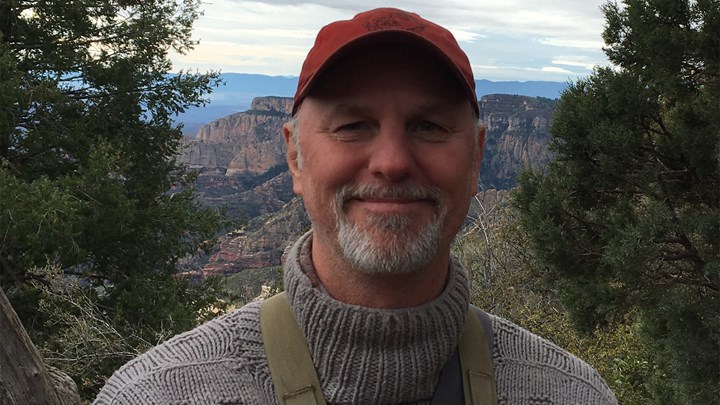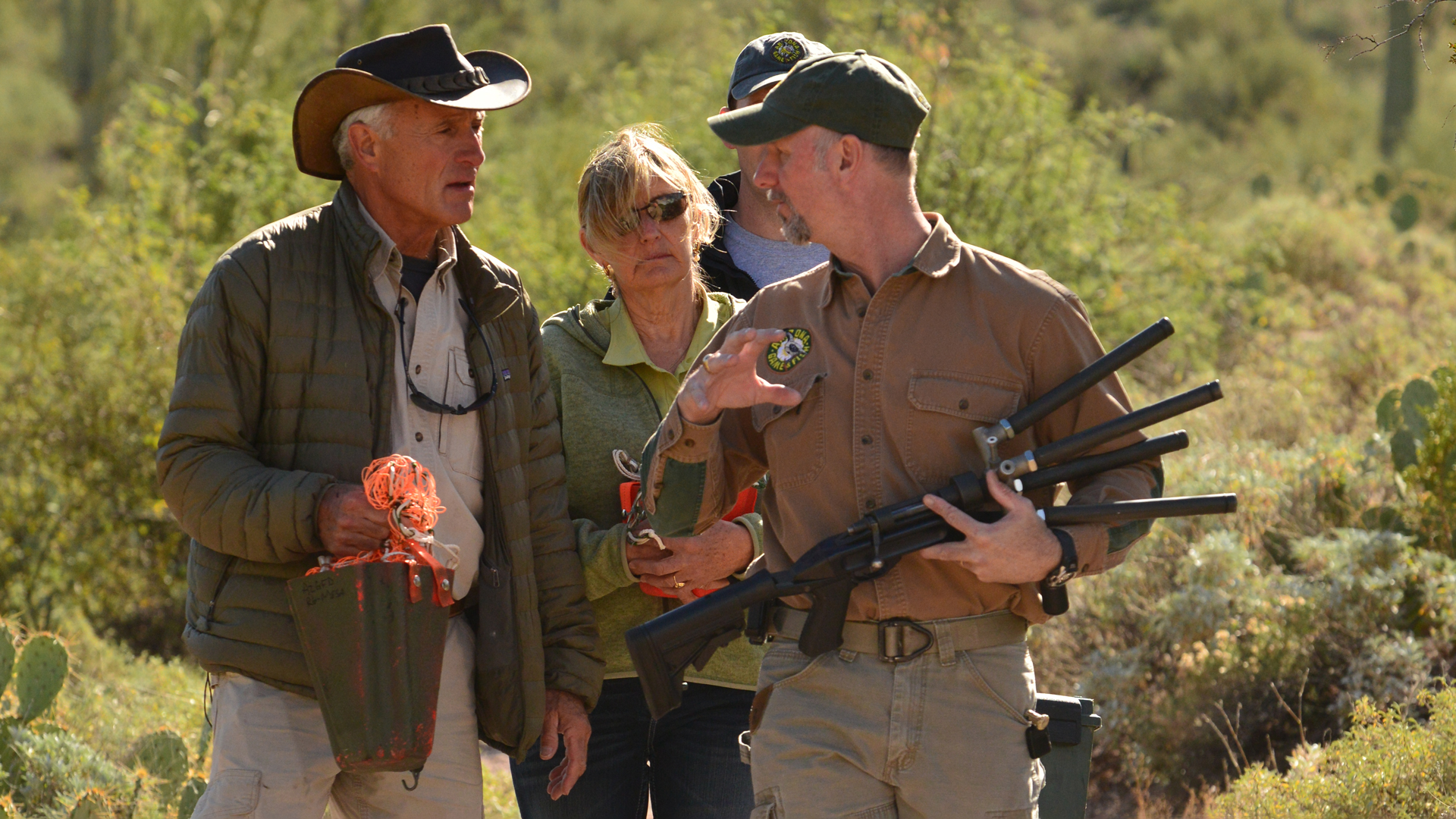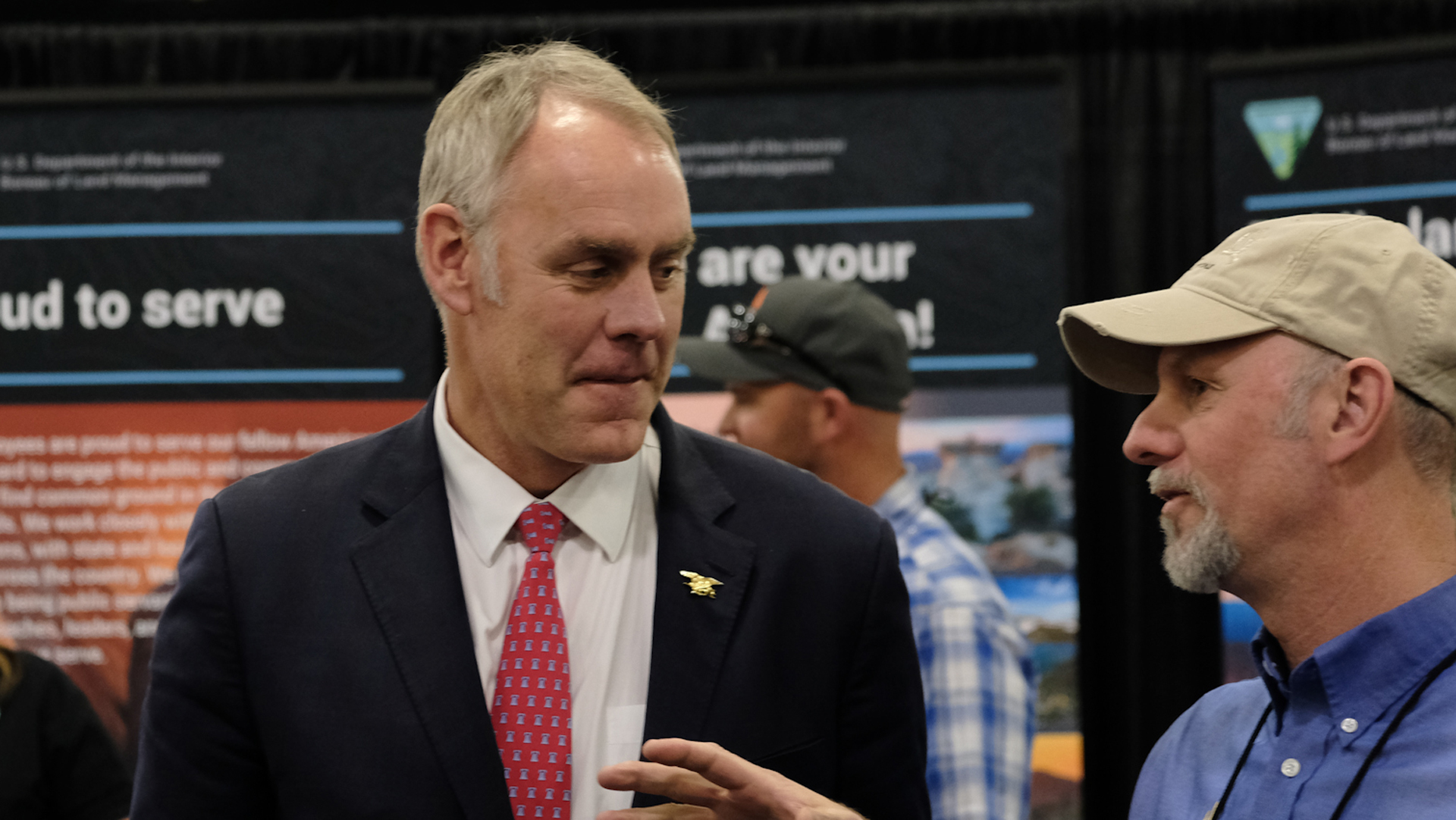
by Mark Chesnut - Monday, October 14, 2024

Most hunters are aware that their license and tag fees go to operate conservation agencies in their state. That’s why most hunters are happy to purchase hunting licenses and tags to help fund this ongoing partnership in conservation. Still, some wonder exactly how those funds—along with federal excise taxes on guns, ammo and other hunting equipment that are apportioned to the states based on hunter numbers—are actually put to use in the field.
While there are thousands of state agency, and even federally employed, wildlife biologists throughout the nation, we thought that introducing you to just one who has worked on several critical projects in Arizona over the past three-plus decades would give you a bit of a look into these conservation partners who work for you throughout the country.

Jim Heffelfinger, wildlife science coordinator for the Arizona Game & Fish Department, has spent most of his 32-year career with that agency focusing on various wildlife projects ranging from Mexican wolf recovery to mule deer management. He’s also been on the adjunct faculty at the University of Arizona for about the last 25 years.
“The interesting part of my background is that I’ve collaborated with a lot of research even though I'm not in a pure research position,” Heffelfinger said. “I've spent most of my career managing game species, but I've always had one foot in the academic world and one foot in the agency world, which gives me a really unique perspective.”
Heffelfinger’s work, for just one example, includes efforts to restore the Mexican wolf, which was listed as endangered under the Endangered Species Act (ESA) in 1976. He readily shares how both sides of the debate over the next steps in the species’ recovery efforts are often very polarized when the subject is discussed.

“We want to do it in a way that's practical, in concert with the people who are living and working on the landscape,” he said. “There are some groups that are pushing for as many wolves as possible everywhere, and everybody just needs to get out of the way and let the wolves do whatever they want. It's not reasonable for us. They're a native species, and sportsmen ought to be supportive of bringing back the rest of the native species that we haven't yet—but doing it in a way where the wolves can be managed just like the elk can be managed.”
In fact, Heffelfinger has been in the trenches working to make sure that the Mexican wolf recovery effort works scientifically, not based on someone’s personal hopes or desires or an advocacy group’s push to act and preference to make decisions based on human emotions.
“That's a good part of what I do as a scientist, just go toe to toe with them in the peer-reviewed scientific literature and push back and show why the things they want to do are not legal under the Endangered Species Act and also are not based in good science,” Heffelfinger explained. “There are advocacy groups that don’t even pretend to be objective. So, they twist the data and use the data in certain ways, and we can't do that. We've got to actually stick to the truth and good science. So, a lot of what I do is pushing back on unreasonable desires for wolves in the landscape and pushing for a practical, pragmatic recovery of wolves.”
Heffelfinger has also been the chair of the Western States Mule Deer Working Group, sponsored by the Western Association of Fish and Wildlife Agencies, for the past 17 years. Made up of one expert from each of the 24 Western states, the group has made great strides in mule deer research and management over the past few decades.
“We've done a really good job of producing a lot of good information that takes the science that's not accessible to a lot of people and boils it down into easy-to-read fact sheets or other documents,” he said. “That way people can understand the best available science when it comes to mule deer, but they don’t have to read a scientific paper to get it. We've been pretty successful in doing that, and that communication fosters advocacy for good field work.”

Along the way, Heffelfinger has written many science-based magazine and website articles—including for this NRA Hunters’ Leadership Forum (HLF) website, addressing scientific topics such as: the need to stay grounded in science when addressing concerns over lead in venison; the truth about the transmission of COVID-19 between humans and deer; and updates on chronic wasting disease. In addition, he uses his expertise to set the record straight on the truth about legal, regulated hunting, exposing a Newsweek article earlier this year that falsely claimed that hunting harms the environment. Heffelfinger also has appeared on a number of podcasts, with his efforts often focused on enhancing the partnership between hunters and his state wildlife agency.
“Hunters, of course, make the whole world go around for people like me,” he said. “And not just hunters, but shooters also. All the excise taxes on guns and shooting equipment go into the same pot for conservation projects. So, non-hunting shooters are also very important to our efforts.”
Heffelfinger said that constantly getting the word out about the importance of hunter and shooter dollars and the excise taxes they pay through the Federal Aid in Wildlife Restoration Act of 1937 (commonly referred to as the Pittman Robertson Act in honor of its congressional sponsors) to wildlife conservation is critical, although sometimes it seems like “preaching to the choir.”
“A certain amount of preaching to the choir has to happen because people should just be aware of the facts,” he said. “I was invited to give a guest lecture at University of Wisconsin-Stevens Point last year on conservation funding. I didn’t talk a lot about the history because we kind of know the history, so I just talked about conservation funding in general. The professors were like, ‘Oh, wow, there's a lot of information in there I didn't know.’”
One thing Heffelfinger is particularly quick to mention when discussing conservation funding is the need to get more Americans involved in helping foot the bill for conservation projects, rather than a very small percentage of people—America’s hunters and shooters—paying for a large percentage of conservation through America’s Pittman-Robertson Act that provides for the conservation of fish and wildlife species and their habitats.
“Moving forward, hunters and anglers aren't going to carry us to fund all the conservation we need to do,” he said. “So, we need to think about broadening that stream of conservation funding and where that's going to come from. We need a way to get funding from everybody—not necessarily a tax but innovative ways to get more funding from everybody who recreates and uses wildlife and uses the outdoors. We've got less than 5 percent of the population funding the vast majority of the conservation efforts, and it's just not fair.”
In the end, funds provided by hunters’ licenses, tags and federal excise taxes on equipment have provided Heffelfinger the opportunity to help manage Arizona wildlife for three-plus decades.
“I’ve just had such a great career managing hunted species with hunters’ dollars,” he said. “It's the state and provincial agencies that are out there monitoring populations, harvesting a small percentage of those populations in a sustainable way based on science and then using that money for law enforcement and for research. That breeds advocacy, protecting the wildlife and making sure the harvest is sustainable and scientifically grounded.”
Heffelfinger, of course, is just one of many out there working hard to put your license and tag fees to good use. Regardless of where they are located and what projects they are working on, they are truly American hunters’ partners in conservation.
E-mail your comments/questions about this site to:
[email protected]
Proudly supported by The NRA Foundation and Friends of NRA fundraising.
